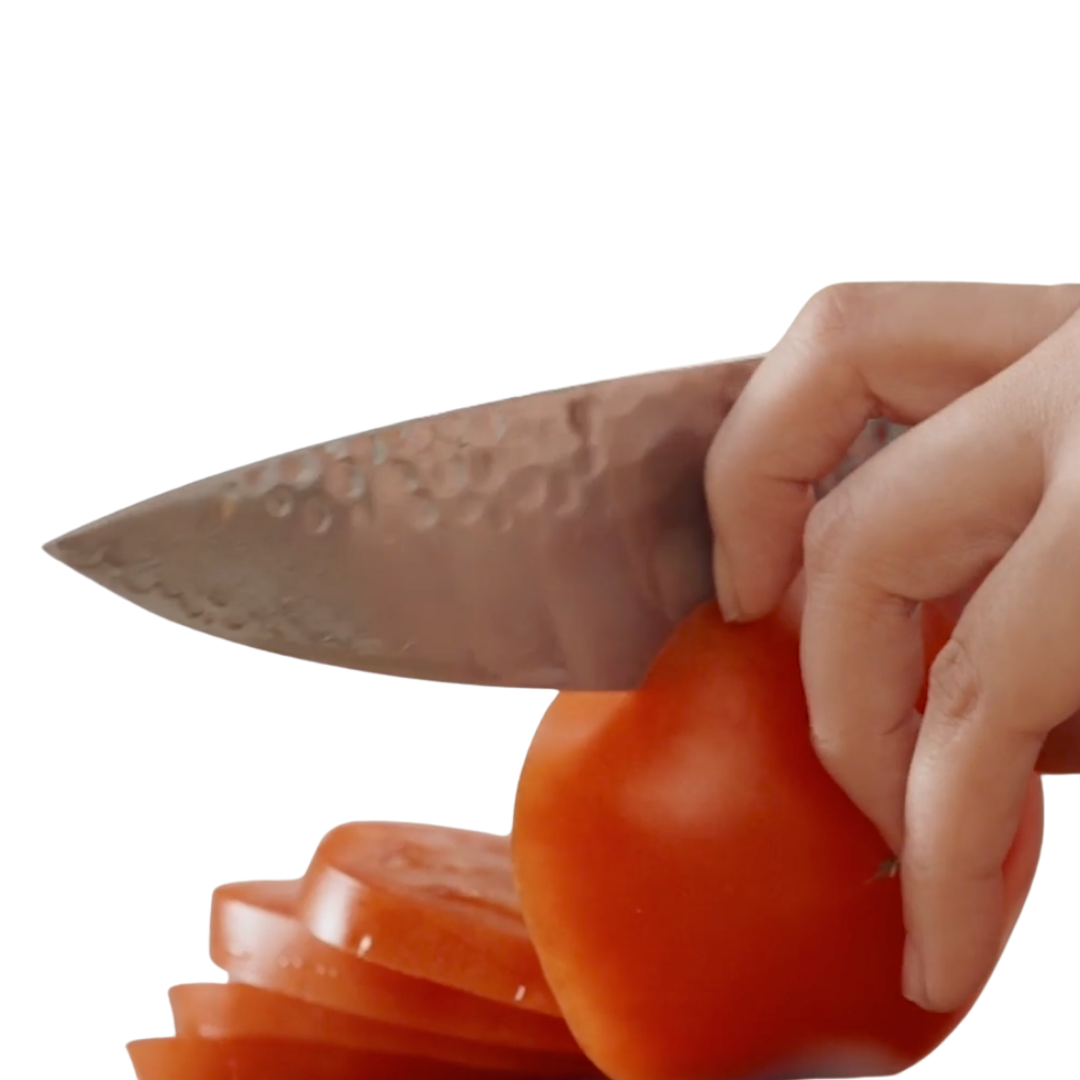The following is an excerpt from The Campbell Plan: The Simple Way to Lose Weight and Reverse Illness, which was released by Rodale Books.
Remember the four food groups? I remember learning something about these as a little kid and even then, having no concept of calories or vitamins or minerals, I understood the recommendations right away. They were so simple. You could look at the poster and pretty much instantly assess whether your meal was adequate. Are you eating some meat, dairy, fruit or veggie, and bread or grain? A steak, rice pilaf, a glass of milk, and green beans was a perfect meal and it was immediately obvious. While the nutritional recommendations of more recent government schemes (pyramids, plates, etc.) have improved, I’m not sure anything has ever been as accessible as the basic four food groups.
Making Nutrition Easy: The Three Food Groups
I would like to make your understanding of nutrition even more accessible, if that’s possible. I want to introduce you to the three food groups.
- Animal products
- Processed plant fragments
- Whole plants
You should be able to categorize most things in the grocery store into one of these food groups by asking two questions:
- Is this product from a plant or an animal?
- If it is a plant, is this similar to what I could find on a tree or bush or in the dirt on a farm?
Some obvious examples:
Mozzarella cheese: It’s processed from the milk of a cow, so it’s an animal product.
Doughnut: It’s not an animal, and it doesn’t resemble any plant you might find in the dirt, so it’s likely a collection of processed plant fragments.
Asparagus: In the produce section it is a whole plant. It might as well have been harvested just prior to appearing on the shelf.
The animal group and the whole-plant group are easy. But it gets a bit trickier in the processed plant fragment group. What do I mean by “processed”? Being processed means that mechanical or chemical steps were taken to isolate certain components of the original plant. For example, you can start with a whole sugar beet pulled from the ground and ship it off to a processing plant. It is sliced up and the pieces are put into a diffuser machine where water helps to separate the sugar from the fibrous material, or pulp, of the beet. The pulp is sent away to become animal feed. The raw juice is combined with certain chemicals to remove impurities and then gasses may be bubbled through the juice to remove more impurities. Then the liquid goes through further processes of boiling and drying and crystallization to end up as the final product: sugar. Through this processing of the beet, almost all the components and ingredients of the original plant are stripped away until we just have sugar: a single fragment of the original plant. The doughnut in our example above has sugar, oil, white flour, and possibly other ingredients, each of which is simply an isolated fragment of the original plant.
Degrees of Processing
There are different degrees of processing, which makes this a little tricky. Oils and sugar represent the ultimate processing results. Those mostly are just single components derived from a whole plant. But there are things like brown rice pasta in the health-food section of your store. The pasta is made of whole brown rice, perhaps with some rice bran added, perhaps some other more minor ingredients. These ingredients, which are mostly whole plants, are ground up to resemble pasta shapes and to cook like pasta. Is this refined? It has been mechanically reshaped, but if you read the label, the major ingredients of the food are whole plants, so I would consider the product to be almost equivalent to a whole plant.
Ready-Made Meals
Another area of confusion is ready-made meals. In these you'll likely find combinations of all three food groups. For example, a frozen pizza has lots of refined white flour (processed plant fragment), a lot of cheese (animal product), and the toppings, which might be meat (animal product) and/or vegetables (whole plants). There also is tomato sauce, which is likely a relatively unprocessed form of tomatoes (whole plant), and oil (processed plant fragment), salt, and spices. In terms of the energy in this food, as with most of the traditional frozen-food meals, the calories mostly come from processed plant fragments (white flour, oils) and animal products (cheese, meat toppings) with a very small contribution from whole, unprocessed plants (tomato sauce and possible vegetable toppings).
Thinking of food in terms of these basic three food groups takes a bit of practice. Once you can think about food in this way, however, it becomes very easy to understand what foods you should eat and what foods you should stay away from. The foods that have been shown to offer benefits for almost every organ system in your body are whole plants: fruits, vegetables, whole grains and starches, and legumes. The foods to avoid? The animal foods and the refined plant fragments.

Related News
Get Our Best Price On The Forks Meal Planner

Forks Meal Planner takes the guess work out of making nutritious meals the whole family will enjoy.
Master Plant-Based Cooking!

Our new course features over 100 lessons, 50+ recipes, downloadable guides, and more!



